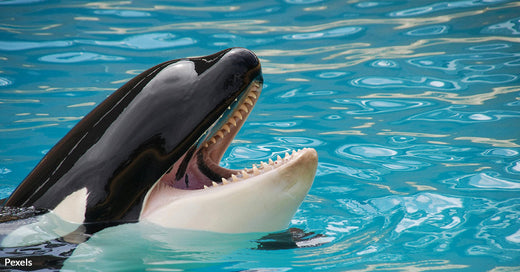New Study Suggests Florida's Manatees Are Not Native, Leaving Experts Amazed
Manatees hold a cherished place in Florida’s identity, adorning license plates and gracing parks as symbols of the state’s rich marine life. However, recent research challenges the long-held belief that these gentle sea cows have always been Florida’s own.

Uncovering the Historical Absence
A comprehensive study conducted by Thomas Pluckhahn, a professor of anthropology at the University of South Florida, and David Thulman from George Washington University, reveals that manatees may not have been significant residents of Florida before European colonization.
As National Geographic reports, the researchers analyzed around 70 archaeological reports, encompassing nearly two million animal bones, and found a startling scarcity of manatee remains.

Possible Migration from the Caribbean
The study suggests that manatees may have originally been occasional visitors from the Caribbean rather than permanent inhabitants. This theory is supported by the discovery of manatee bones used as tools and ornaments, indicating possible trade rather than hunting, The Guardian reports.
Pluckhahn and Thulman propose that the warming climate following the Little Ice Age, which ended in the mid-1800s, created a more hospitable environment for manatees in Florida’s waters. According to USF News, this climatic shift likely facilitated their northward migration and eventual establishment as residents.
Population Growth in the 20th Century
By the mid-20th century, manatees had become more common in regions like Tampa Bay and Crystal River. The establishment of power plants provided warm-water refuges essential for their survival during colder months, reports Bay News 9. This human intervention inadvertently supported the growth of the manatee population, which now numbers between 8,350 and 11,730 individuals.

Modern Threats to Manatees
Despite their growing numbers, manatees face significant threats from climate change and habitat loss. Pollution has devastated seagrass beds, a primary food source for these marine mammals, according to ScienceDaily. Additionally, as efforts to reduce fossil fuel use progress, the closure of power plants threatens to eliminate the warm-water refuges that manatees depend on.
Experts advocate for the creation of alternative warm-water habitats and the restoration of seagrass meadows to ensure the survival of manatees, reports National Geographic.

Reevaluating Conservation Strategies
The revelation that manatees may not be native to Florida shifts the focus of conservation efforts. Pluckhahn emphasizes the need to understand human impacts on manatee populations to develop effective protection measures, according to ScienceDaily. This understanding is crucial for setting realistic conservation targets and ensuring the long-term survival of the species.
As the Florida Fish and Wildlife Conservation Commission considers restoring the endangered status of manatees, the insights from this study provide a nuanced perspective on their historical and future presence in the state.
The idea that manatees might not be native to Florida challenges deeply ingrained perceptions and calls for a reevaluation of conservation approaches. Understanding the historical context of manatee populations can inform strategies to protect these beloved marine mammals amidst changing environmental conditions. As research continues, the future of Florida’s manatees hinges on balancing human advancements with the preservation of vital habitats.





























































































































































































































































































































































